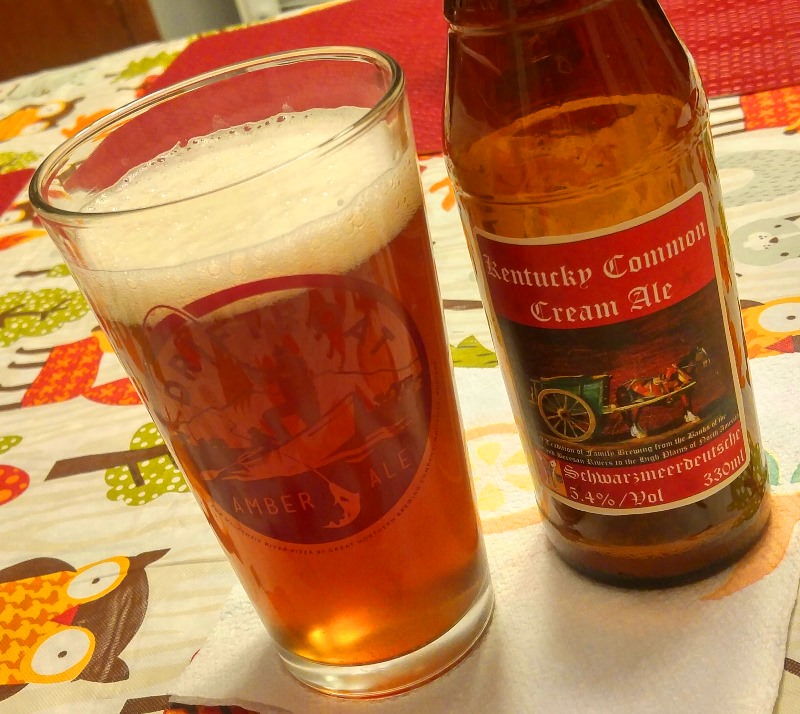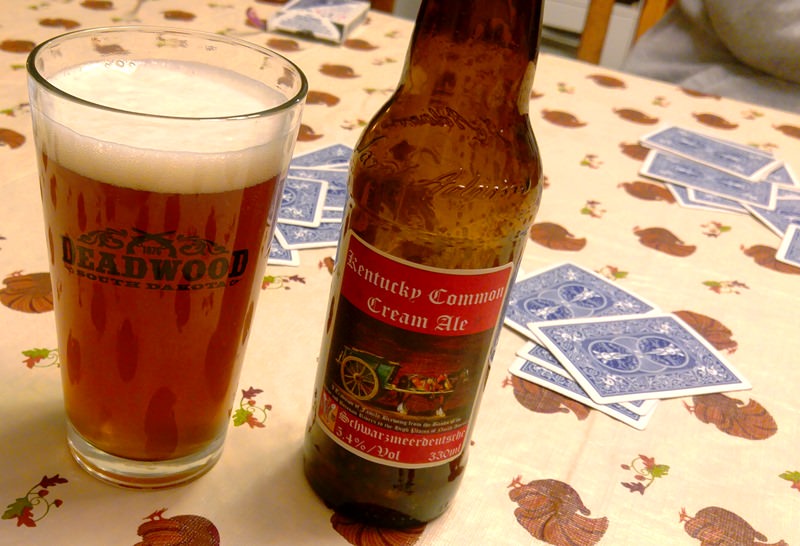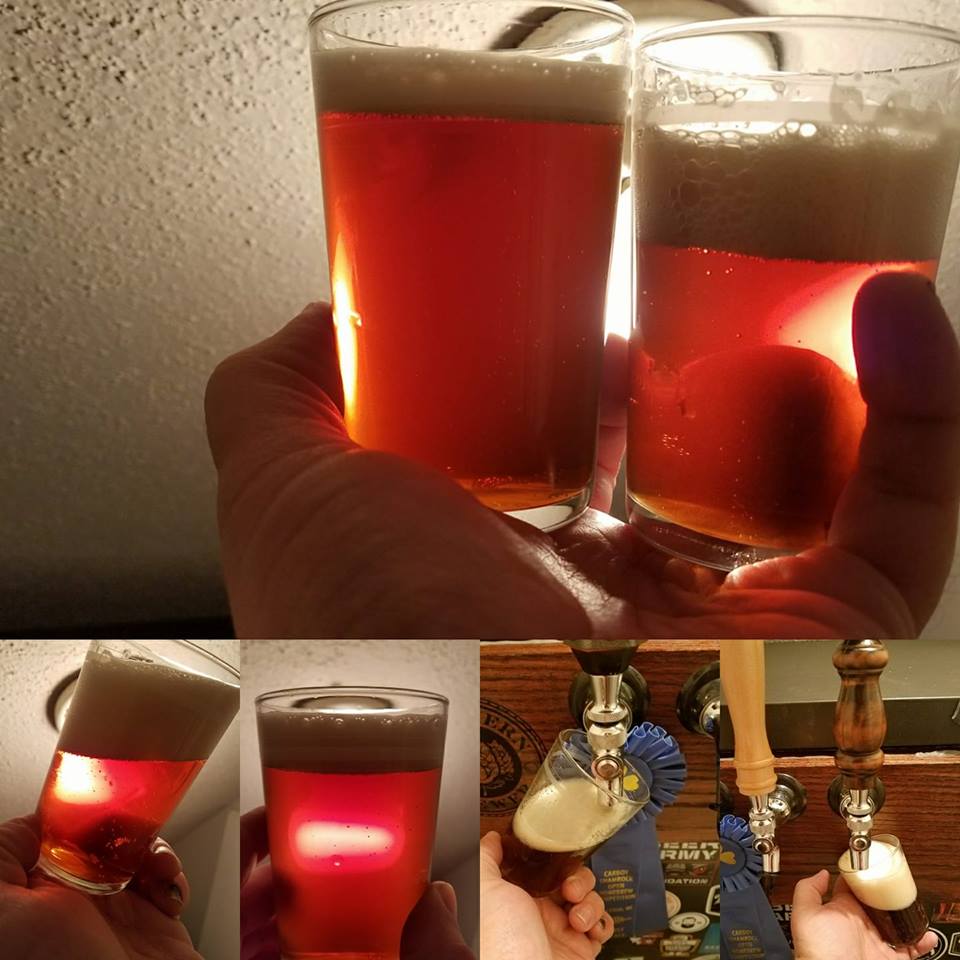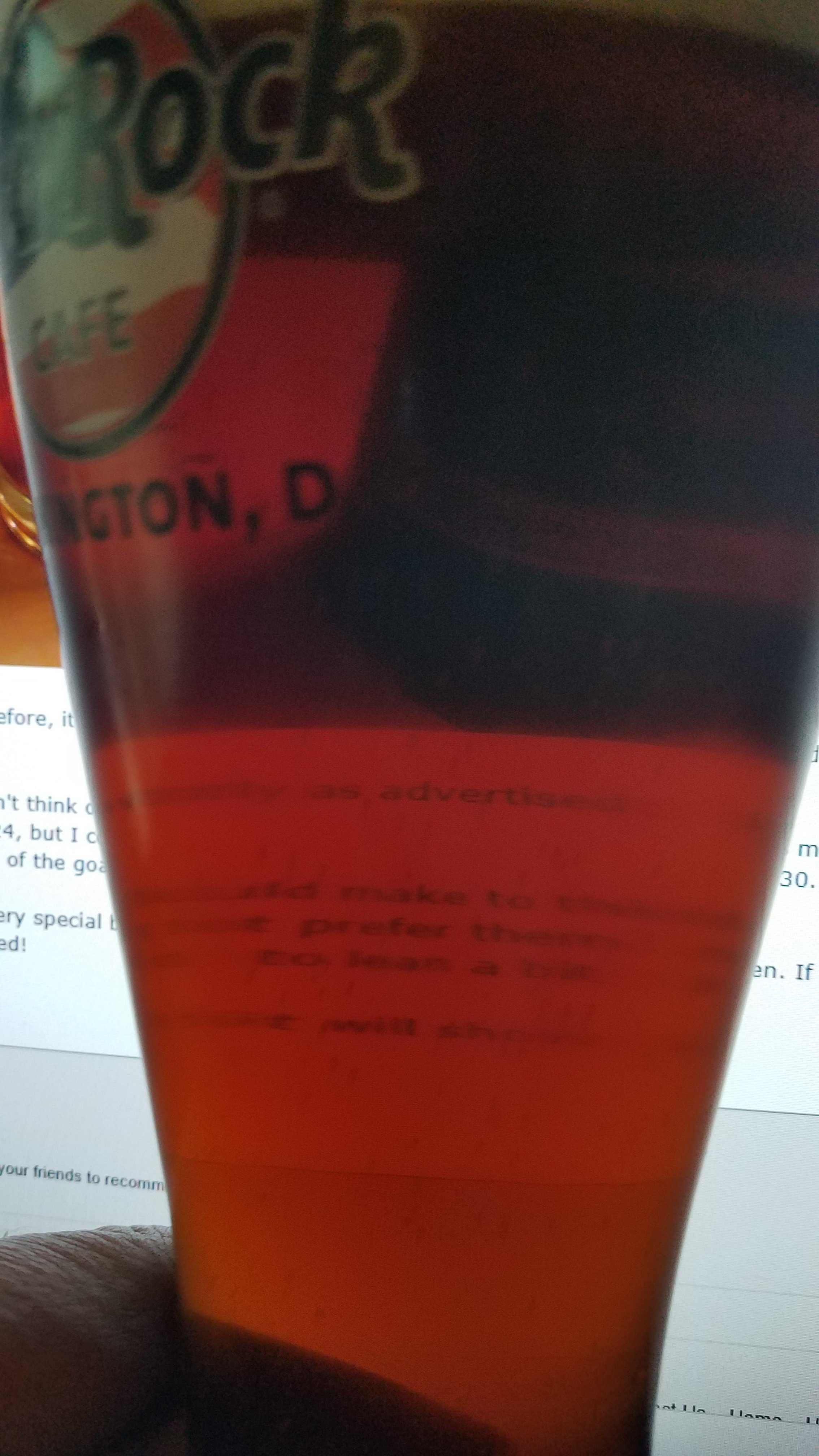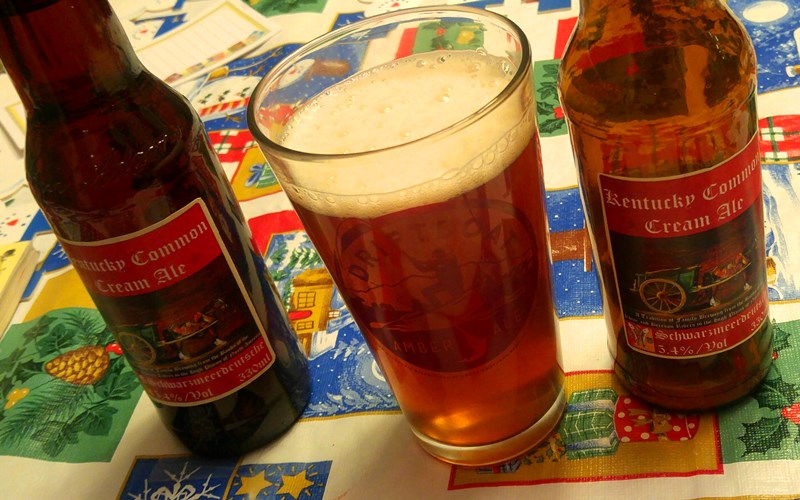Brew day was pretty good. Just seemed very long due to the time added by the cereal mash. So, here are the details.
Recipe
BS Kentucky Common
All Grain Recipe
Batch Size: 5.60 gal
Style: Kentucky Common (27 )
Boil Size: 6.89 gal
Style Guide: BJCP 2015
Color: 13.0 SRM
Equipment: Ben's Home Brewery
Bitterness: 29.7 IBUs
Boil Time: 60 min
Est OG: 1.048 (11.9° P)
Mash Profile: Single Infusion, Full Body, Batch Sparge
Est FG: 1.012 SG (3.0° P)
Fermentation: Ale, Single Stage
ABV: 4.8%
Ingredients
Misc
2.50 g Gypsum (Calcium Sulfate) (Mash 60 min) Misc
0.70 g Baking Soda (Mash 60 min) Misc
1.60 g Epsom Salt (MgSO4) (Mash 60 min) Misc
3.70 g Calcium Chloride (Mash 60 min) Misc
Grain
2 lbs 8.00 oz Yellow Cornmeal (1.3 SRM) Grain
6 lbs Brewers Malt 2-Row (Briess) (1.8 SRM) Grain
8.00 oz Caramel/Crystal Malt - 60L (Briess) (60.0 SRM) Grain
3.00 oz Black Malt (Briess) (500.0 SRM) Grain
Hops
0.30 oz Magnum [12.0%] - Boil 60 min Hops
0.75 oz Cluster [7.0%] - Boil 30 min Hops
1.00 oz Tettnang [4.5%] - Boil 5 min Hops
Yeast
1 pkgs Safale American (DCL/Fermentis #US-05) Yeast
Mash (Perform Cereal Mash First)
Single Infusion, 154F, 60 mins, 1.5 qt/lb water ratio, RO water
Cereal Mash
1.5 lbs 2-row subtracted from recipe
2.5 lbs Yellow Cornmeal subtracted from recipe
2 gallons water (I used RO)
Process
Start the cereal mash first.
Add everything to a stock pot with at least a 3 gallon capacity.
Heat over medium high heat, stirring constantly, to 122F.
Hold at 122F for 15 mins.
Heat again, stirring constantly, to 149F.
Hold 149F for 15 mins.
Bring to a boil. You shouldn't have to stir constantly at this point, but still stir occasionally to keep things from sticking. I had a slight scorch mark in my stock pot when completed.
Put cereal mash to the side to let cool.
Start normal infusion mash. Adjust mash water volume for the removal of the 4 lbs of grain. (I forgot to do this and overshot temp due to the thin mash.)
Using Brun' Water Amber Full profile. Add brewing salts to mash water.
Time or somehow adjust both the normal mash and cereal mash to the same temp, then combine the two mashes together in the mash tun.
Add brewing salts to sparge water according to Brun' Water. Heat to temp, sparge, and runoff to boil volume.
Boil. Add hops. Chill. Transfer to fermenter. Aerate. Pitch rehydrated yeast.
OG was low, 1.045, probably due to the thin mash. We'll see how it turns out.
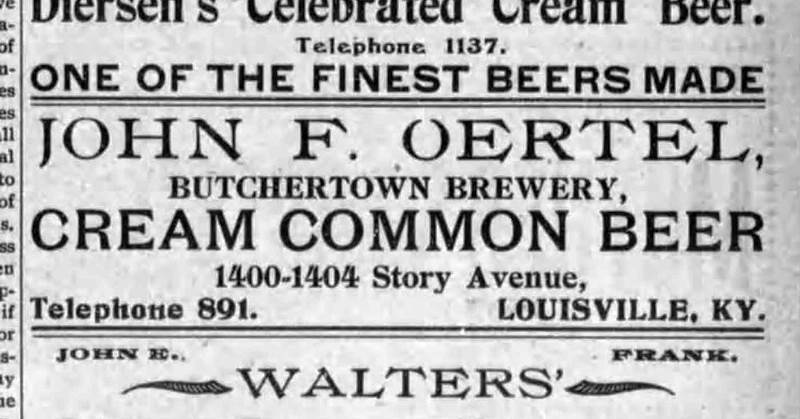
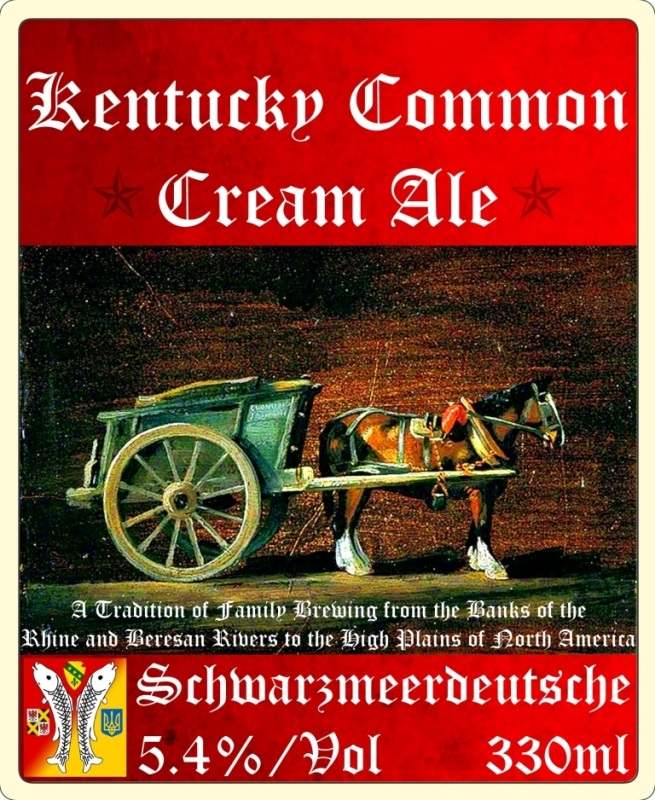




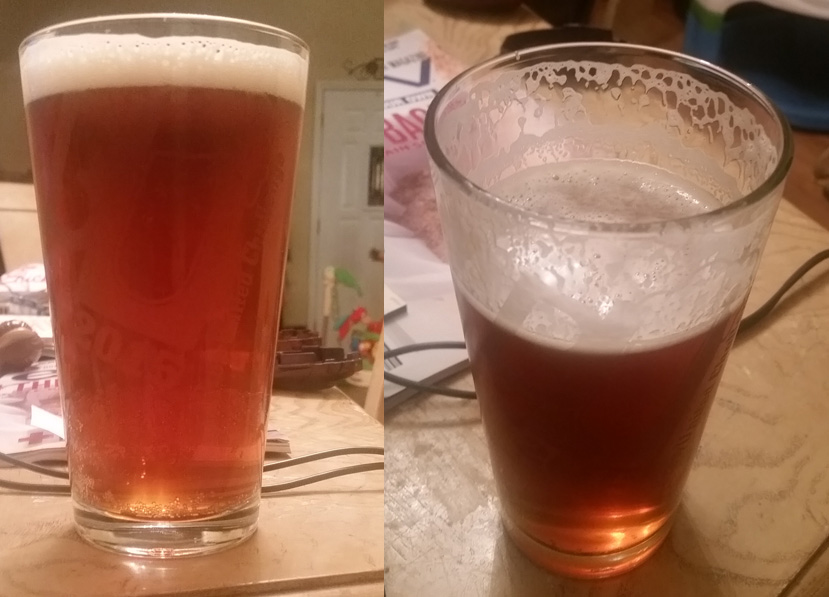



![Craft A Brew - Safale BE-256 Yeast - Fermentis - Belgian Ale Dry Yeast - For Belgian & Strong Ales - Ingredients for Home Brewing - Beer Making Supplies - [3 Pack]](https://m.media-amazon.com/images/I/51bcKEwQmWL._SL500_.jpg)




















































